View all Standards for British Columbia, Canada
suggest and try a variety of appropriate solutions to a given problem
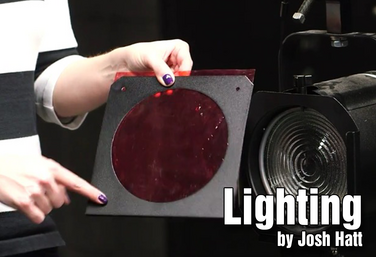
Part of the Technical Theatre Mini Units Curriculum
Lighting
by Josh Hatt
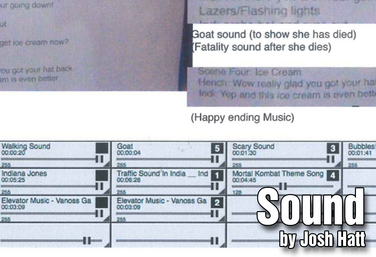
Part of the Technical Theatre Mini Units Curriculum
Sound
by Josh Hatt
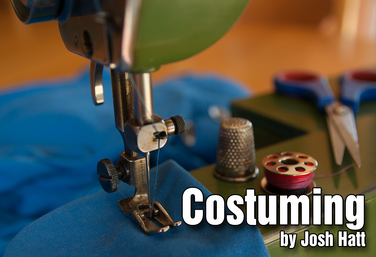
Part of the Technical Theatre Mini Units Curriculum
Costuming
by Josh Hatt
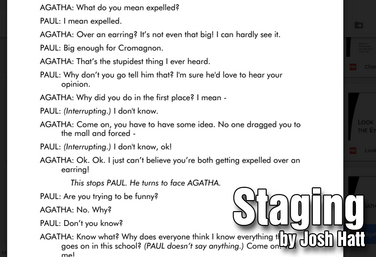
Part of the Technical Theatre Mini Units Curriculum
Staging
by Josh Hatt

Part of the Technical Theatre Mini Units Curriculum
Free Play Makeup
by Josh Hatt
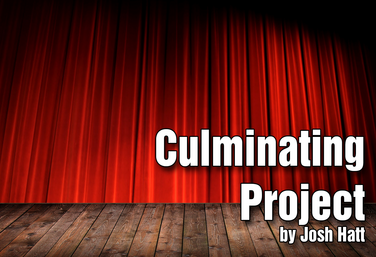
Part of the Technical Theatre Mini Units Curriculum
Culminating Project
by Josh Hatt
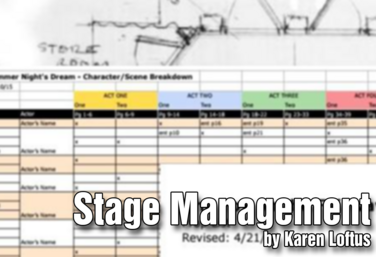
Stage Management
by Karen Loftus
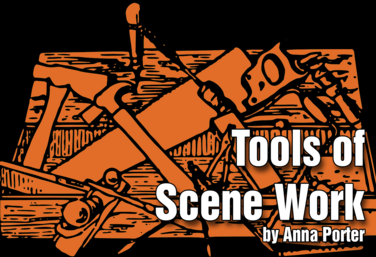
Tools of Scene Work
by Anna Porter
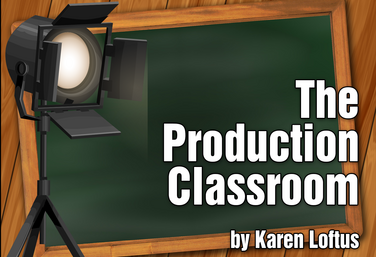
Part of the Production Classroom Units Curriculum
Production Classroom Units Overview
by Karen Loftus

Part of the Production Classroom Units Curriculum
Part One - Pre-Production
by Karen Loftus

Part of the Production Classroom Units Curriculum
Part Two - Rehearsal and Performance
by Karen Loftus

Part of the Production Classroom Units Curriculum
Part Two - Documents
by Karen Loftus

Part of the Production Classroom Units Curriculum
Part Three - Reflection and Assessment
by Karen Loftus

Theatre Etiquette
by Kerry Hishon

East Meets West: Theatre Traditions
by Marsha Walner
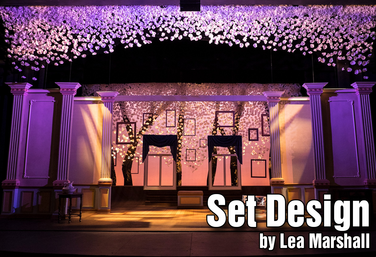
Introduction to Set Design *Hyperdoc
by Lea Marshall
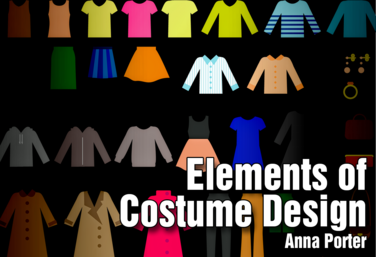
Elements of Costume Design *Hyperdoc
by Anna Porter
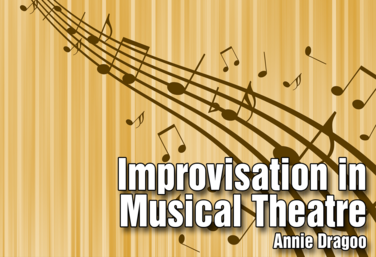
Improvisation in Musical Theatre
by Annie Dragoo

Copyright *Hyperdoc
by Lindsay Price
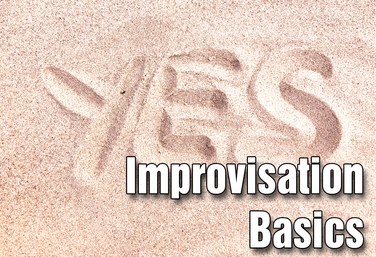
Part of the Middle School Curriculum
Unit Two: Improvisation Basics
by Lindsay Johnson
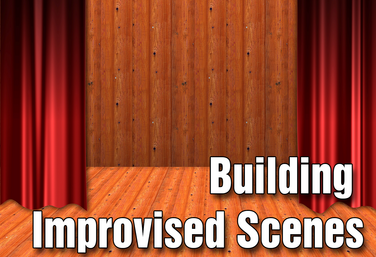
Part of the Middle School Curriculum
Unit Three: Building Improvised Scenes
by Lindsay Johnson
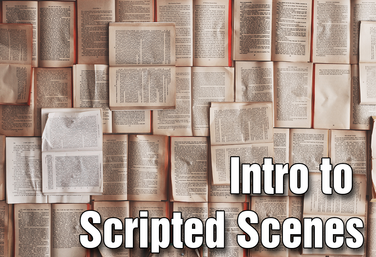
Part of the Middle School Curriculum
Unit Four: Intro to Scripted Scenes
by Lindsay Johnson

Part of the Stagecraft Without a Theatre Curriculum
Introduction to Theatre Production
by Karen Loftus
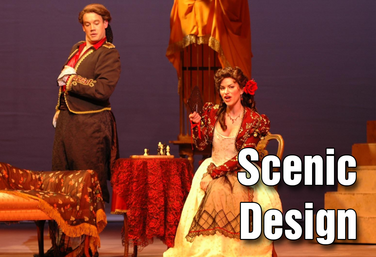
Part of the Stagecraft Without a Theatre Curriculum
Scenic Design
by Karen Loftus
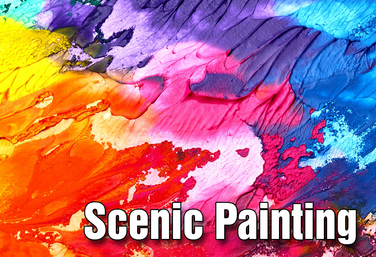
Part of the Stagecraft Without a Theatre Curriculum
Scenic Painting
by Holly Beardsley and Karen Loftus
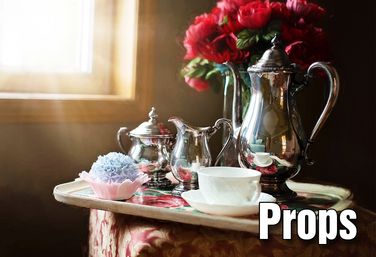
Part of the Stagecraft Without a Theatre Curriculum
Props
by Karen Loftus and Kerry Hishon

Part of the Stagecraft Without a Theatre Curriculum
Lighting
by Karen Loftus, Josh Hatt, and Kerry Hishon

Part of the Stagecraft Without a Theatre Curriculum
Sound
by Karen Loftus and Josh Hatt

Part of the Stagecraft Without a Theatre Curriculum
Costume Design
by Holly Beardsley, Karen Loftus, and Josh Hatt
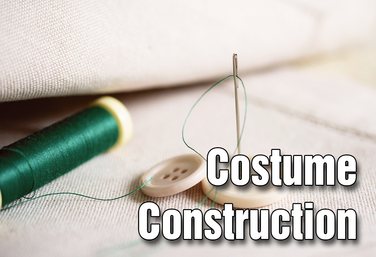
Part of the Stagecraft Without a Theatre Curriculum
Costume Construction
by Karen Loftus

Part of the Stagecraft Without a Theatre Curriculum
Make-Up Design
by Karen Loftus and Josh Hatt

Part of the Stagecraft Without a Theatre Curriculum
Culminating Project
by Karen Loftus
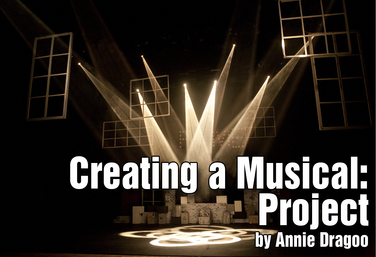
Creating a Musical: Project
by Annie Dragoo
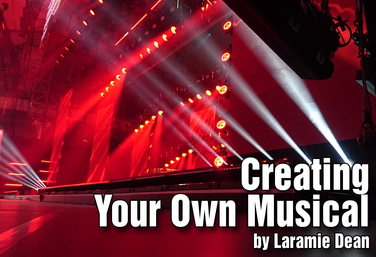
Creating Your Own Musical
by Laramie Dean

Part of the Middle School Curriculum
Unit Five: Intro to Script Writing
by Lindsay Johnson
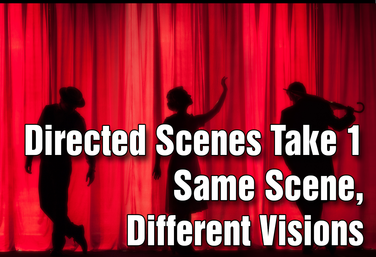
Part of the Middle School Curriculum
Unit Six: Directed Scenes Take 1: Same Scene, Different Visions
by Lindsay Johnson
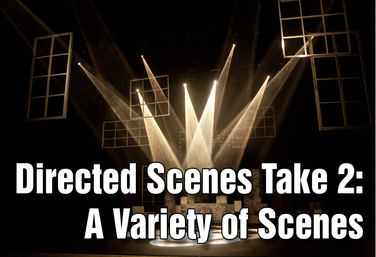
Part of the Middle School Curriculum
Unit Seven: Directed Scenes Take 2: A Variety of Scenes
by Lindsay Johnson
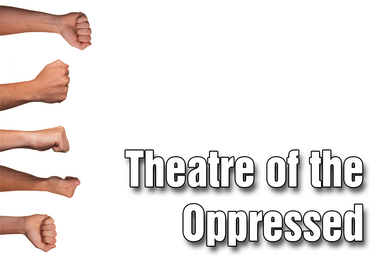
Part of the Middle School Curriculum
Unit Eight: Theatre of the Oppressed
by Lindsay Johnson
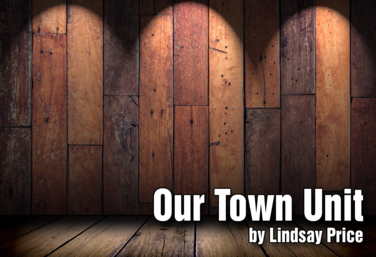
Our Town Unit
by Lindsay Price
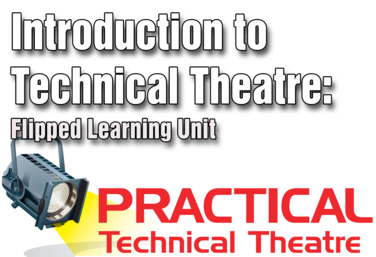
Introduction to Technical Theatre: Flipped Learning
by Lindsay Price
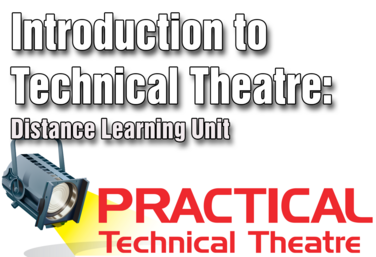
Part of the Distance Learning Curriculum
Introduction to Technical Theatre: Distance Learning
by Lindsay Price

Part of the Distance Learning Curriculum
Improvisation
by Lindsay Price and Karen Loftus
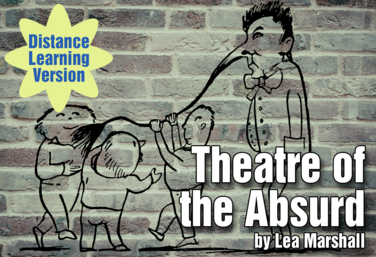.png)
Part of the Distance Learning Curriculum
Theatre of the Absurd
by Lea Marshall
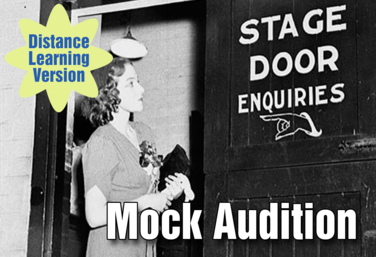
Part of the Distance Learning Curriculum
Mock Audition
by Lindsay Price

Pre-Lighting Design
by Kerry Hishon
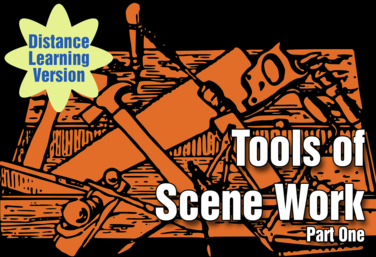
Part of the Distance Learning Curriculum
Scene Work: Part 1, Tools of Scene Work
by Lindsay Price
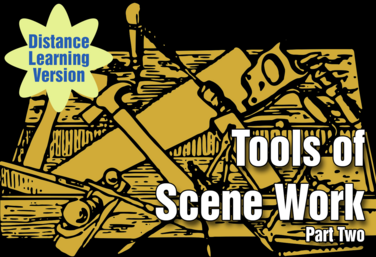
Part of the Distance Learning Curriculum
Scene Work: Part 2, Student Self Staging
by Lindsay Price
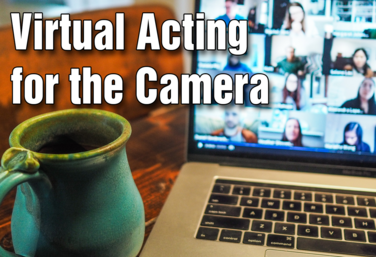
Virtual Acting for the Camera
by Ruthie Tutterow
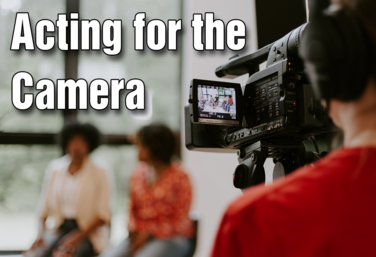
Acting for the Camera
by Ruthie Tutterow

The Dilemma Project
by Claire Broome
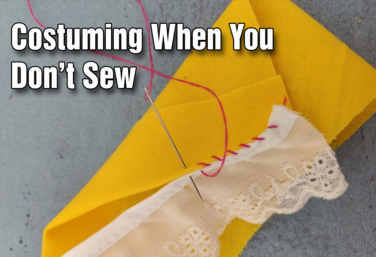
Tech Theatre Unit: Costuming When You Don't Sew
by Drama Teacher Academy
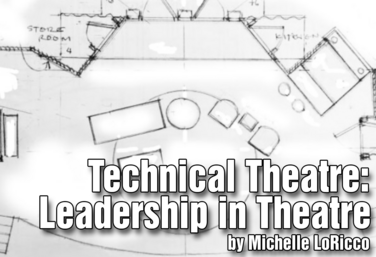
Technical Theatre: Leadership in Theatre
by Michelle LoRicco
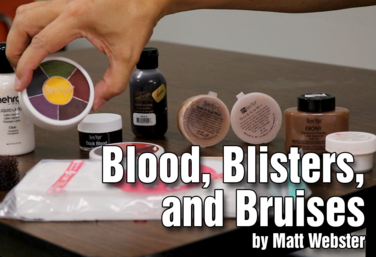
Blood, Blisters & Bruises Makeup
by Matt Webster
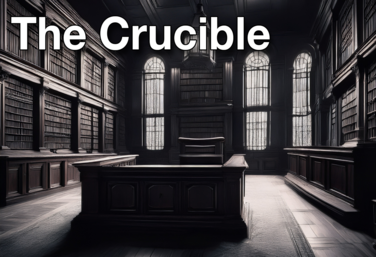
The Crucible Unit
by Lindsay Price

The Do-it-All Director's Introduction to Costuming
by Holly Beardsley
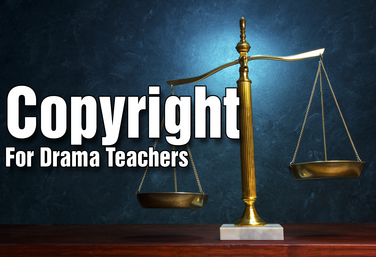
Copyright for Drama Teachers
by Craig Mason
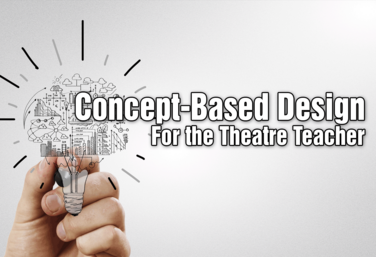
Concept-Based Design for the Theatre Teacher
by Matt Webster
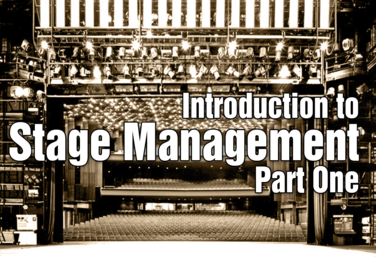
Introduction to Stage Management Part One
by Karen Loftus
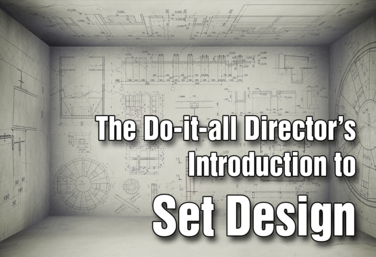
The Do-it-All Director's Introduction to Set Design
by Holly Beardsley
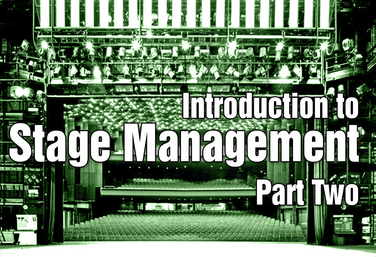
Introduction to Stage Management Part Two
by Karen Loftus
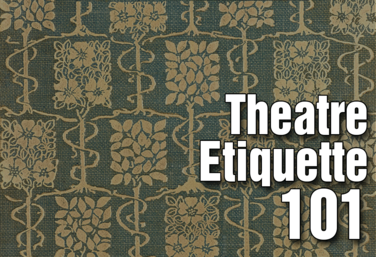
Theatre Etiquette 101
by Kerry Hishon
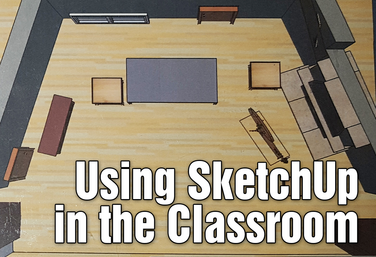
Using SketchUp in the Classroom
by Ray Palasz

The Production Classroom
by Karen Loftus
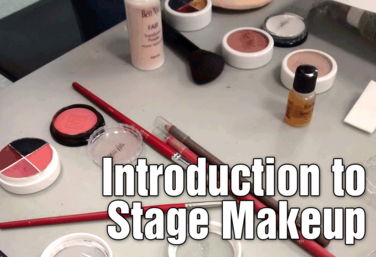
Introduction to Stage Makeup
by Matt Webster
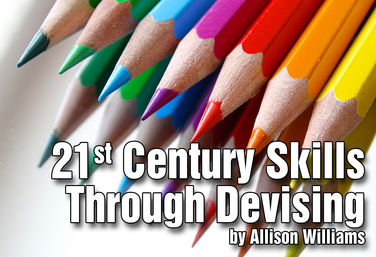
21st Century Skills Through Devising
by Allison Williams
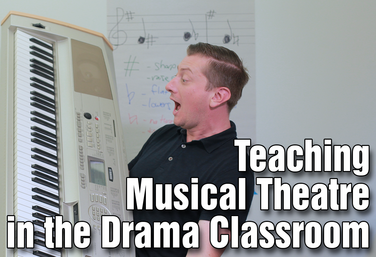
Teaching Musical Theatre in the Drama Classroom
by Colin Oliver
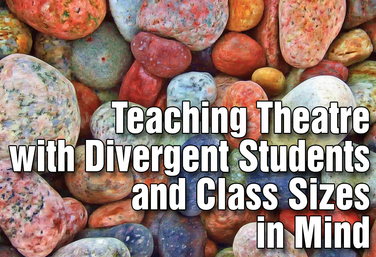
Teaching Theatre with Divergent Students and Class Sizes in Mind
by Steven Stack
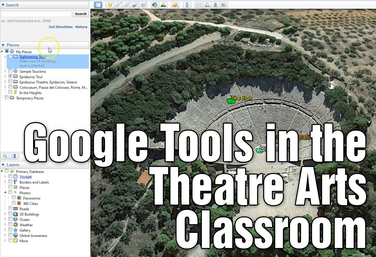
Google Tools in the Theatre Arts Classroom
by Anna Porter
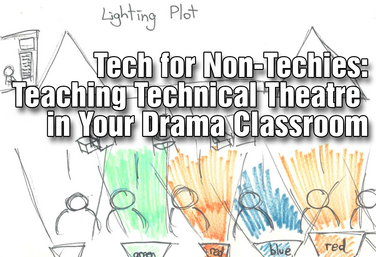
Tech for Non-Techies: Teaching Technical Theatre in Your Drama Classroom
by Josh Hatt

Marketing the Arts
by James Van Leishout
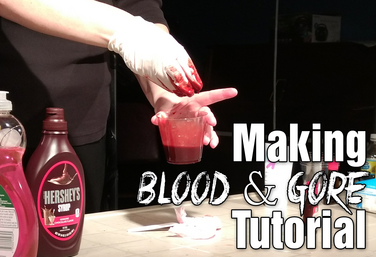
Making Blood and Gore Tutorial
by Linda Veneris
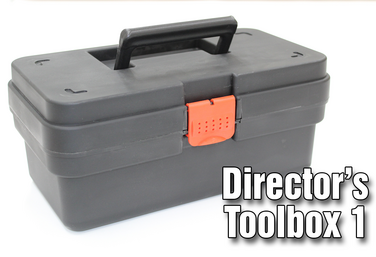
Director's Toolbox 1: Teaching Students to Direct
by James Van Leishout
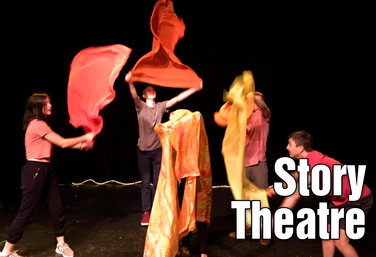
Story Theatre
by Matt Webster

Director's Toolbox 2: Teaching Students to Direct
by James Van Leishout
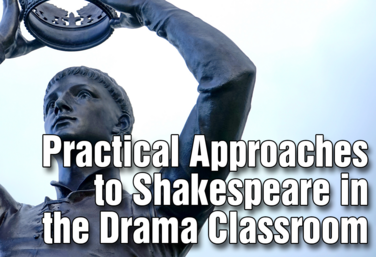
Practical Approaches to Shakespeare in the Drama Classroom
by Julie Hartley
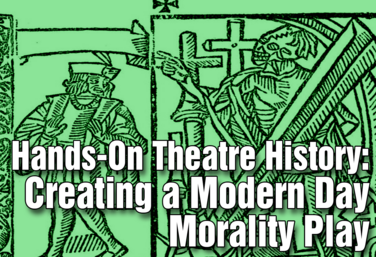
Hands-On Theatre History: Creating a Modern Day Morality Play
by Wendy-Marie Martin

The Dilemma Project
by Claire Broome
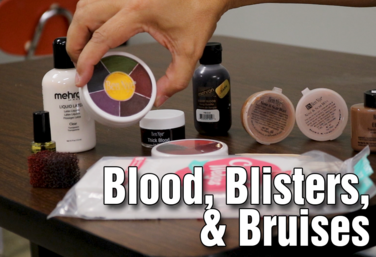
Blood, Blisters & Bruises
by Matt Webster
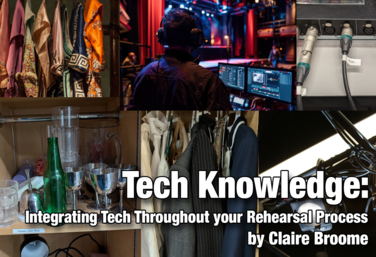
Tech Knowledge: Integrating Tech Throughout Your Rehearsal Process
by Claire Broome
View all Standards for British Columbia, Canada Standards Master List